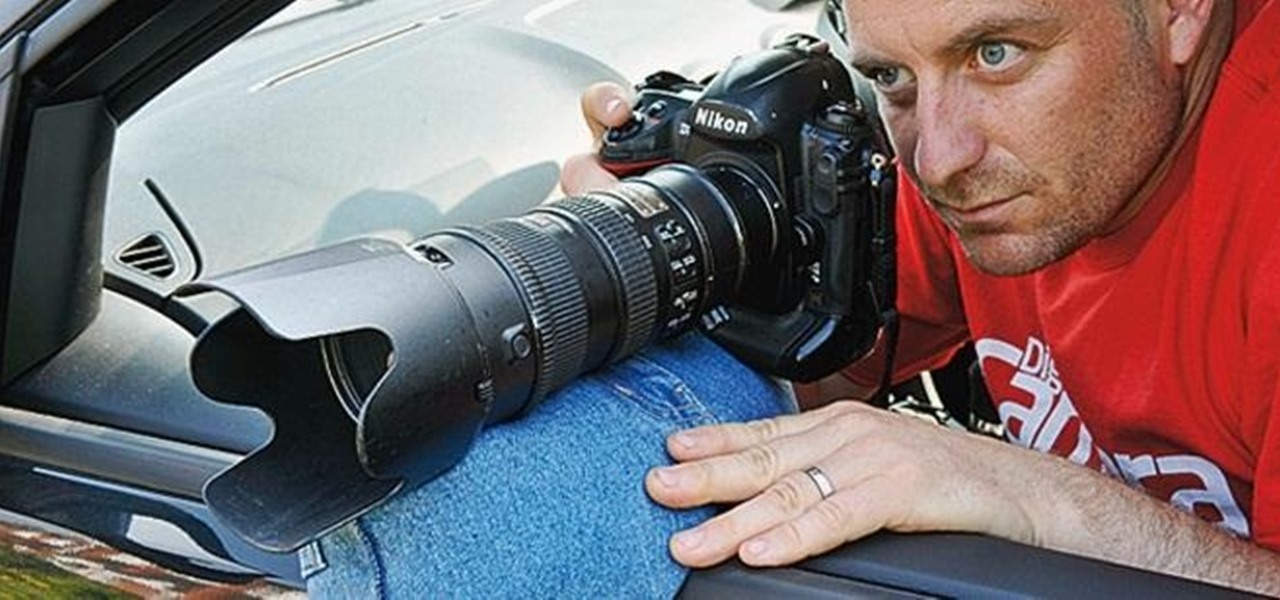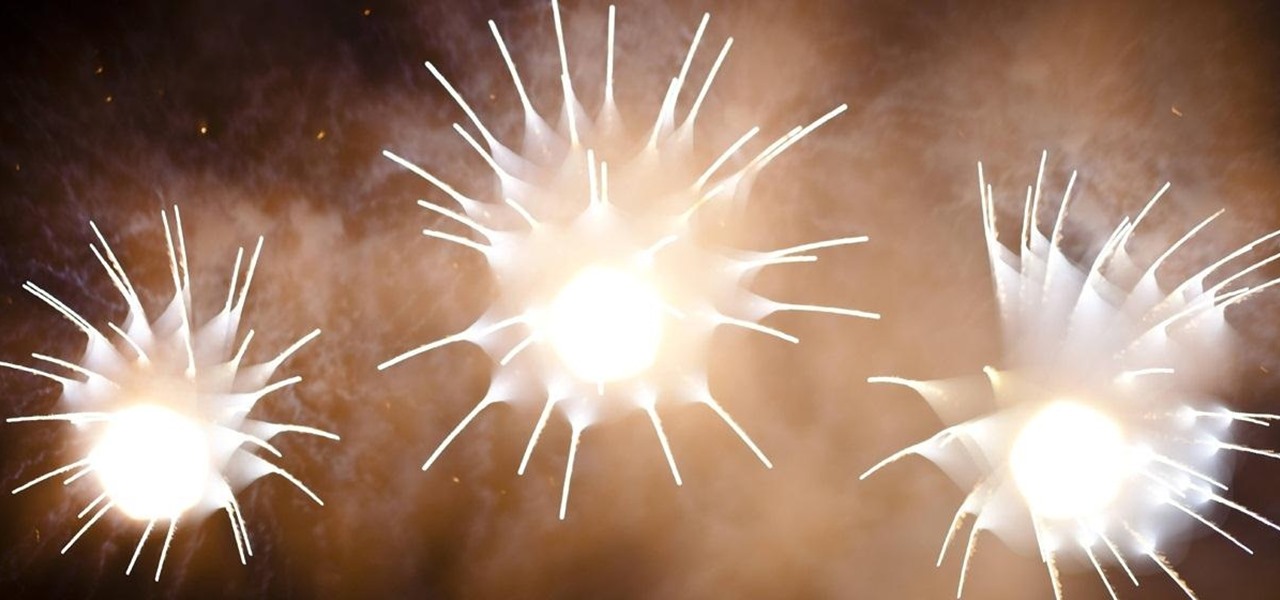
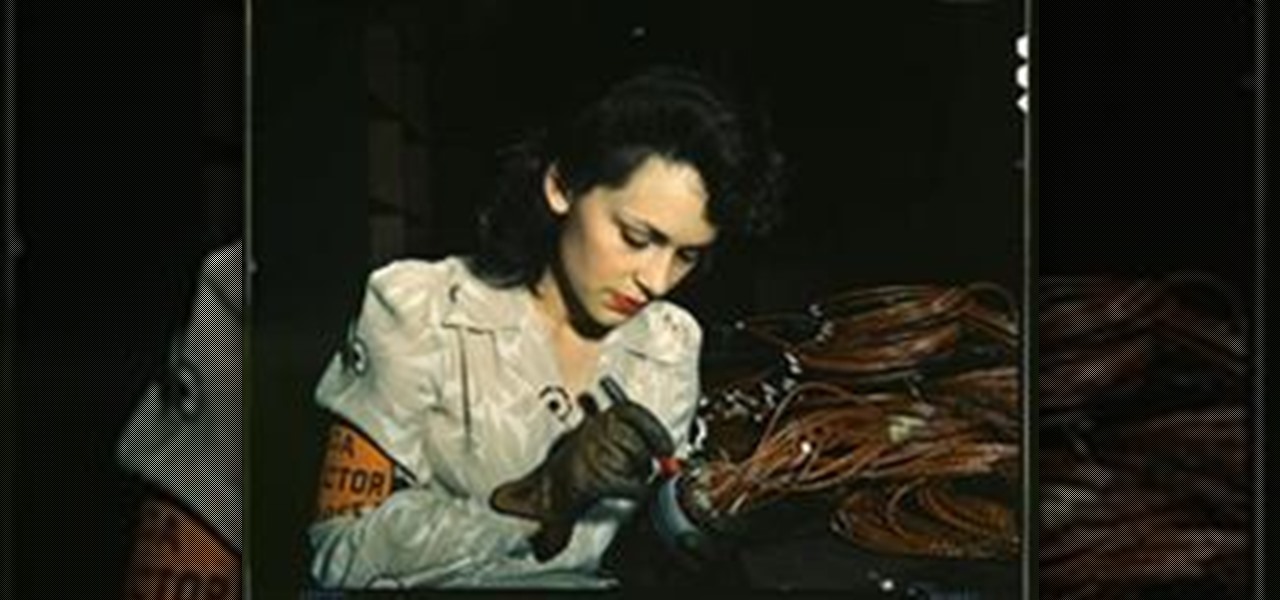
How To: Develop Kodachrome Film (B&W Hand Processing & Kodak's K-14 Process)
Remember KODACHROME? That color reversal film from Kodak? The film that was the inspiration for Paul Simon? The only brand of film to have a state park named after it?
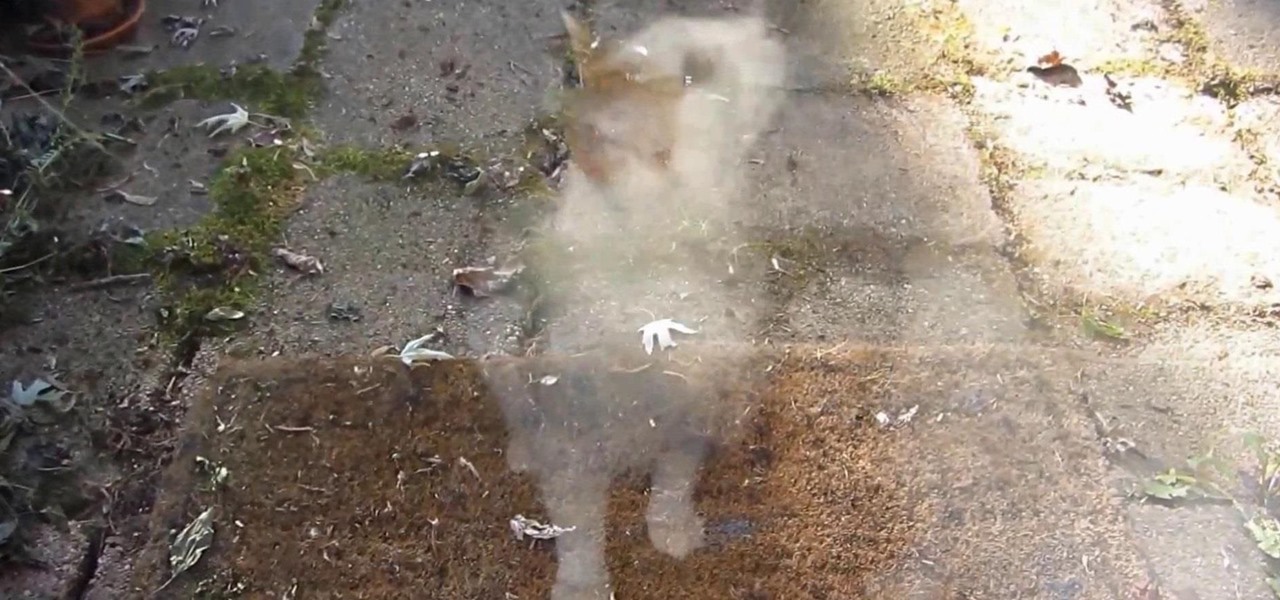
How To: Add Creepy Apparitions to Your Halloween Photos Using the Pepper's Ghost Illusion
Photographers have been using the Pepper's Ghost Illusion for over a century to play up the level of creepiness in their photos. Many of the pictures that claim to be real "sightings" use this technique to project a ghostly figure into the background of their images. Today, it's still used in theatre, "scary" rides at amusement parks, and haunted houses all over the world, which makes it a great photography trick for Halloween time. As shown in the tutorial below by Make's Jason Poel Smith, t...
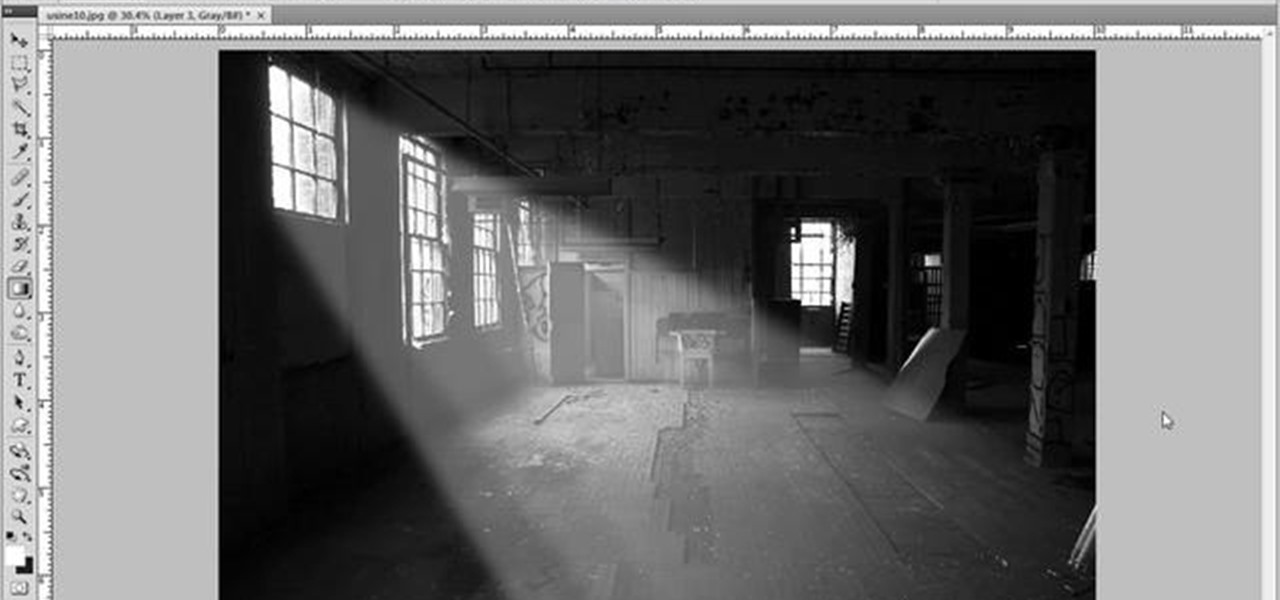
How To: Create realistic sun rays in Photoshop
Trying to design that perfect beach scene in Photoshop? Master the look of summer with help from this Photoshop lesson. In this video tutorial by Yanik's Photo School, learn how to create realistic sun rays or sunbeams in Photoshop.
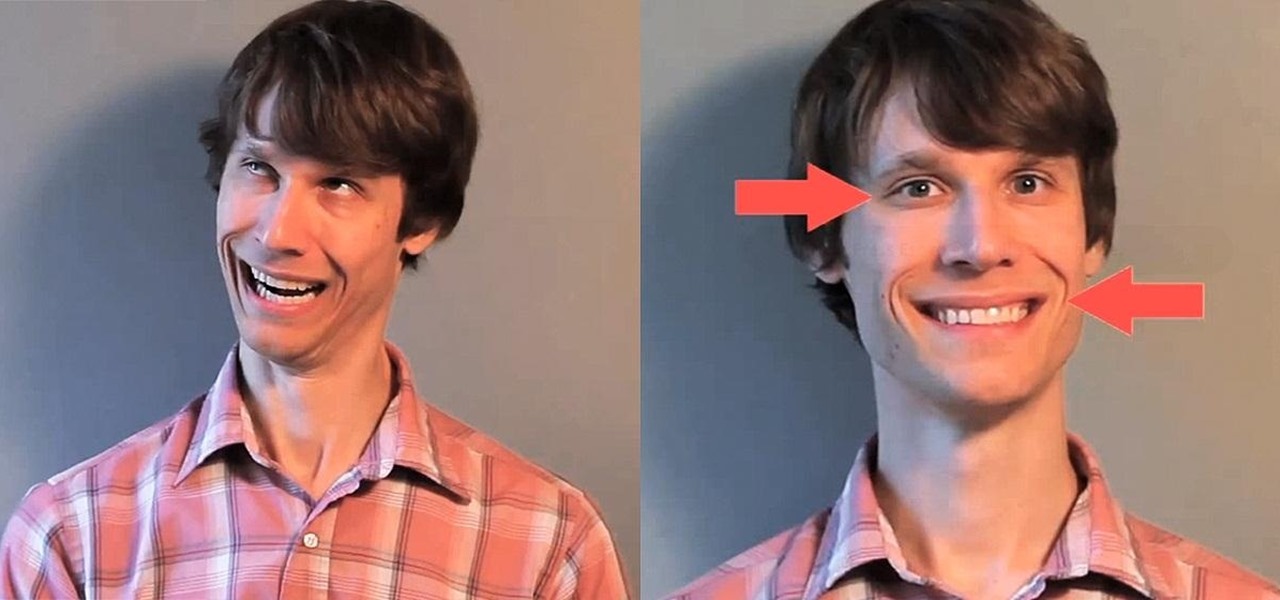
How To: Stop Saying "Cheese"! Here's How You Smile More Naturally for Photos
I hate having my picture taken. It's awkward, and I almost always end up thinking, "Is that what I look like all the time?" Most of us think we look awful in photos, probably because we all subconsciously act and carry ourselves a little differently when we know there's a camera on us.
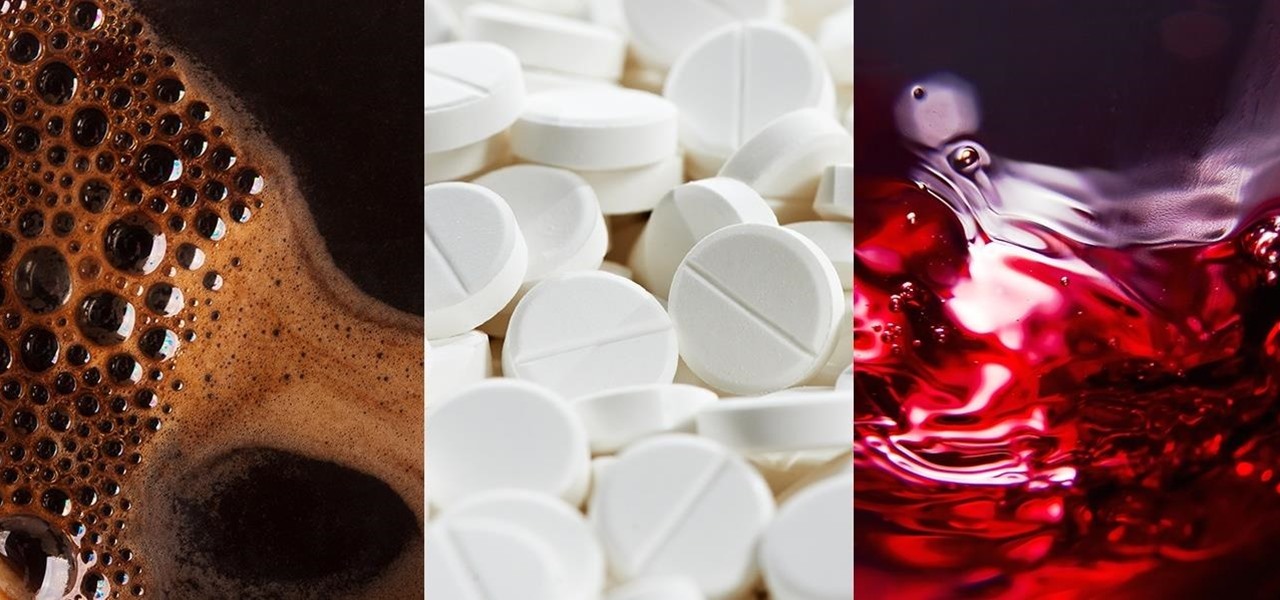
DIY Photo Processing: How to Develop Film at Home for Cheap Using Coffee, Red Wine, or Tylenol
Not many people use film cameras anymore, so it can be hard to find the materials to develop your own photos at home since most local camera stores are closing. But it's actually relatively easy to make homemade developer, and you can make it with a few relatively common ingredients.
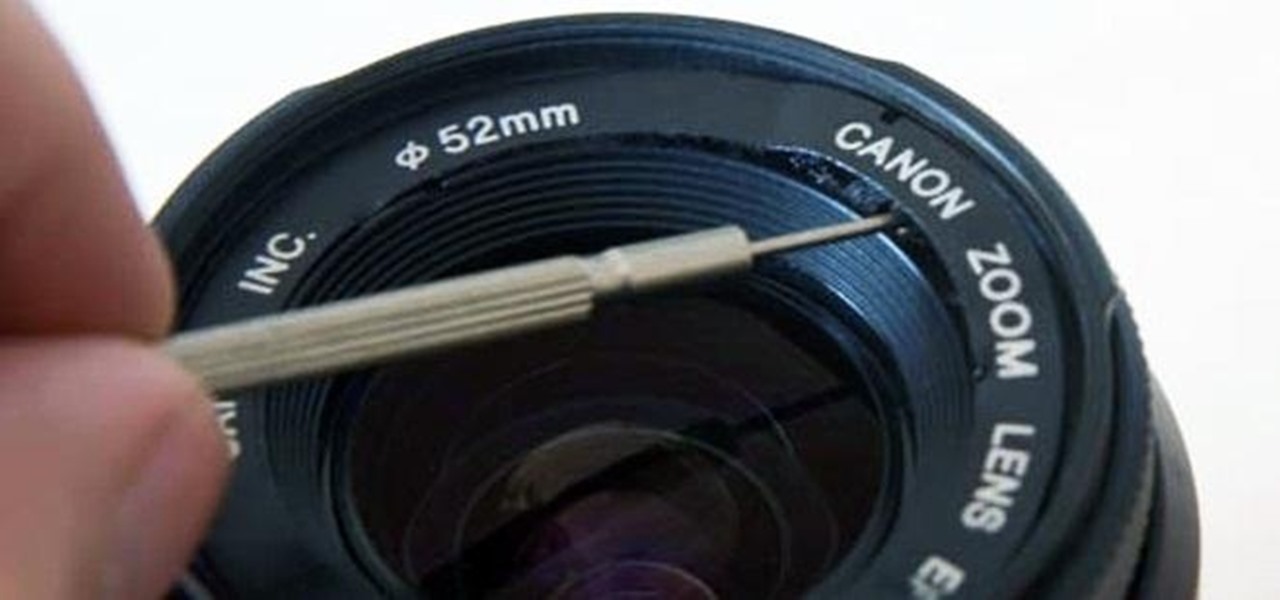
How To: Turn an Old Kit Lens into a DSLR Macro Lens in Five Minutes
There are tons of ways to make a macro lens for your smartphone, but if you need one for a DSLR, it's not quite as simple as using a magnifying glass or a drop of water. If you have an old kit lens, though, you can turn it into a macro lens in no time—all you have to do is remove the front element. For this hack, Juha Loukola over on PetaPixel used a Canon 38-76mm lens, but says that the process should be pretty much the same for other lenses.
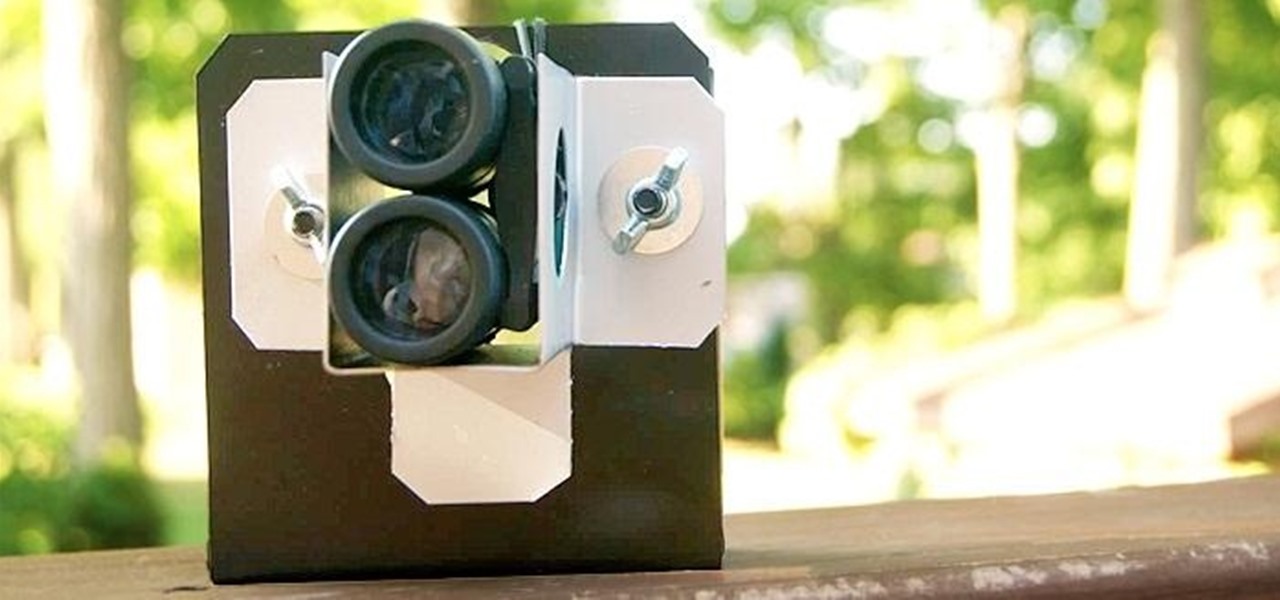
How To: Build a Cheap and Easy Optical Zoom Lens for Your Smartphone
Love taking photos with your smartphone, but don't have a zoom? This tutorial by Unitips will show you how to DIY one with a few simple parts. All you'll need is 1/4" bolts, washers, and wingnuts (two each), some sheet metal, and a pair of binoculars.
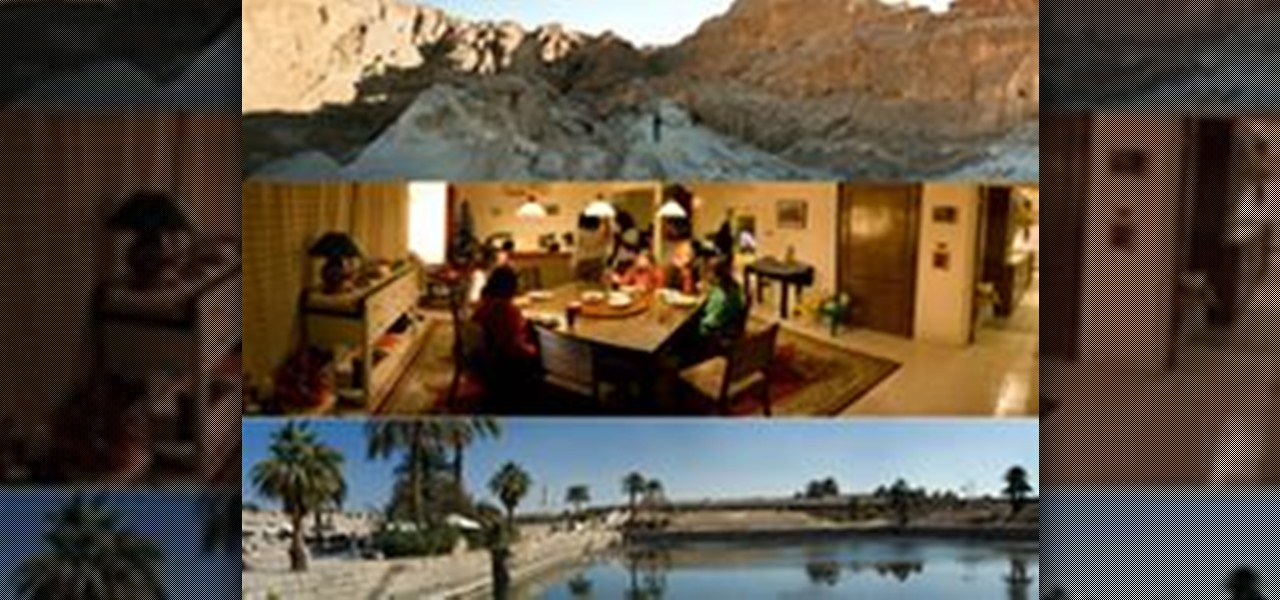
How To: Successfully Create A Panorama With Your Camera
Have you ever wondered how to successfully create a panorama with your camera? What is a Panorama?
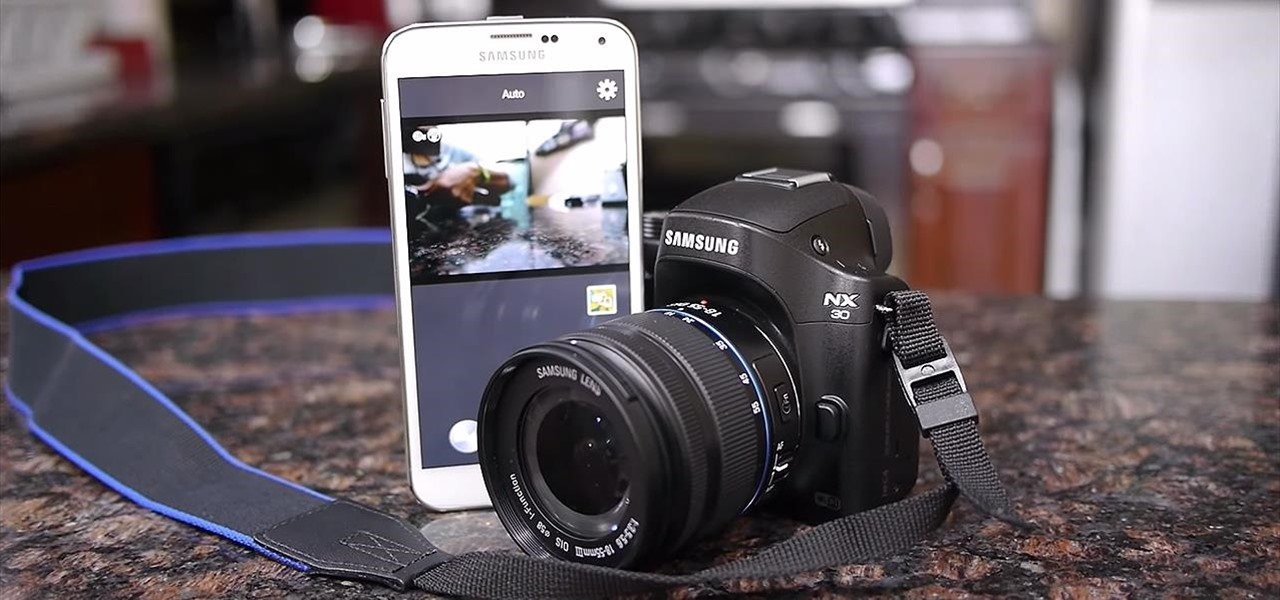
How To: Control Your Samsung Smart Camera with Your Android or iOS Device
Samsung is helping photographers in getting more utility out of their cameras with their new Samsung Smart Camera App. With it, your device becomes a powerful viewfinder for your Samsung camera, allowing you to not only frame shots, but control multiple aspects of the camera, right through your phone.
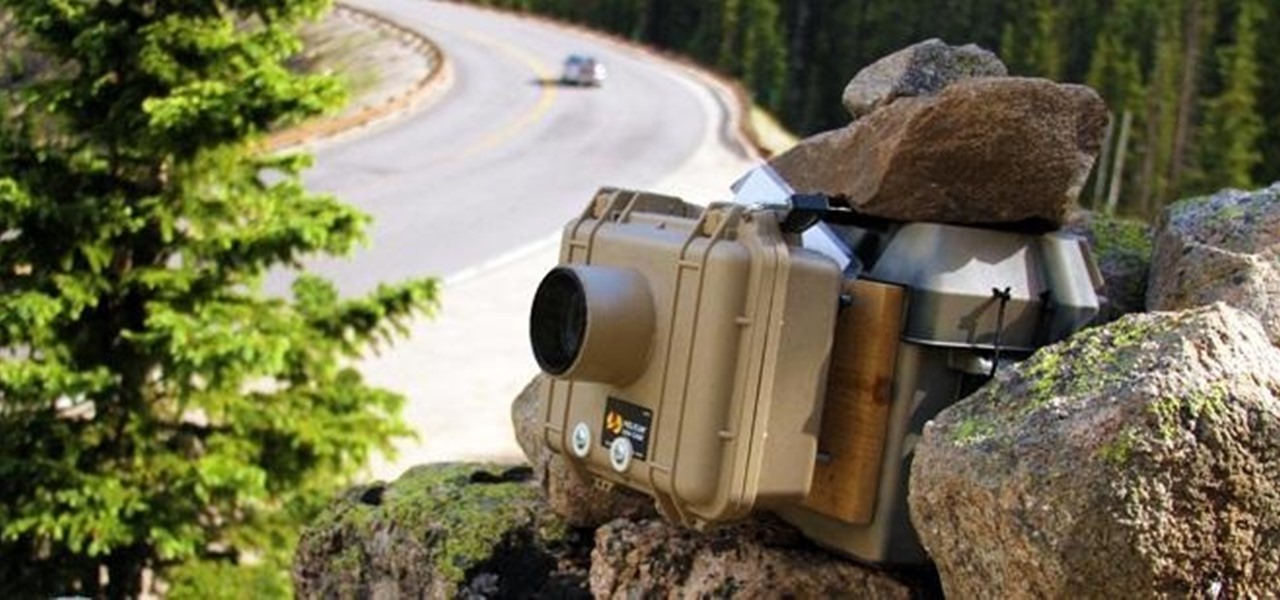
How To: Build a Weatherproof Camera Enclosure for Long Term Time-Lapses
There are plenty of ways to create time-lapse photos and videos, but most of them are taken over the course of several hours. If you want to do a longer term shoot over several weeks or months, you'll need a battery that can last that long, and you probably don't want to leave your DSLR sitting somewhere for that amount of time anyway.
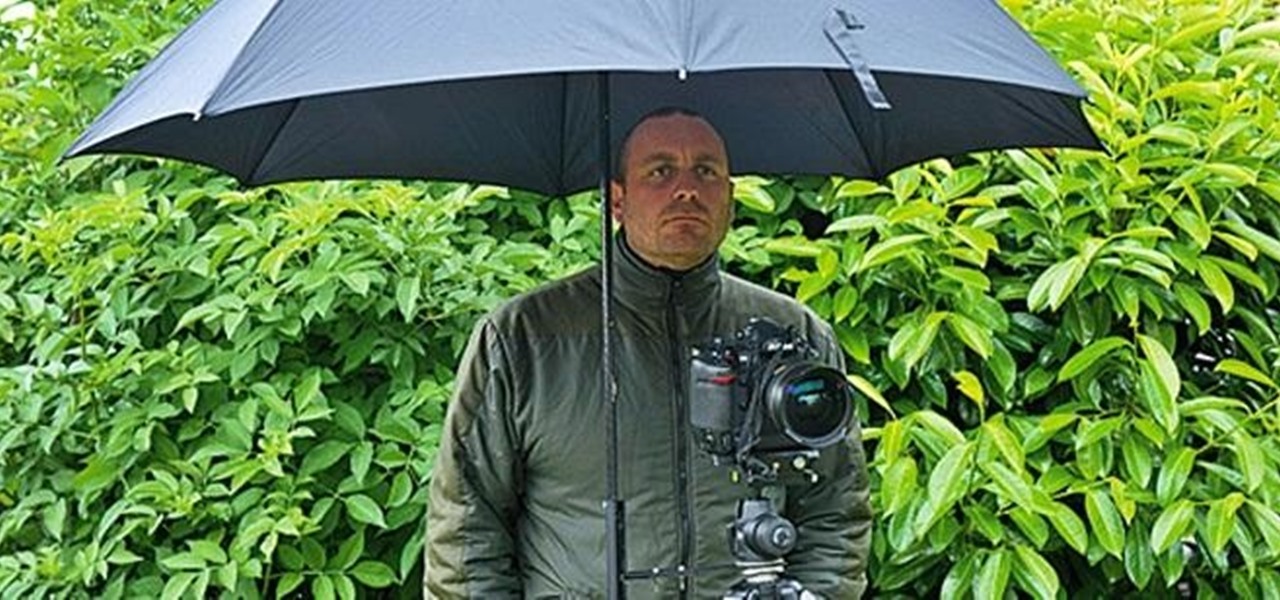
How To: Protect Your Camera from Rain with This Hands-Free DIY Umbrella Holder for Your Tripod
When you're shooting in the rain (or other extreme weather conditions), there's a lot more to think about since cameras and water don't exactly mix well. An umbrella will protect your gear, but unless you have someone to hold it for you, it can be a pain to use.

How To: 5 Incredibly Cheap and Smooth DIY Camera Mounts for Inside or Outside of Your Car
Shooting a photo or video in a car can be rather difficult without a proper mount, and if you want to secure your camera outside the car, it can be just plain expensive. Luckily, there are tons of DIY camera mounts for both inside and outside your vehicle, and most of them are pretty cheap to make. Here are some of the best.
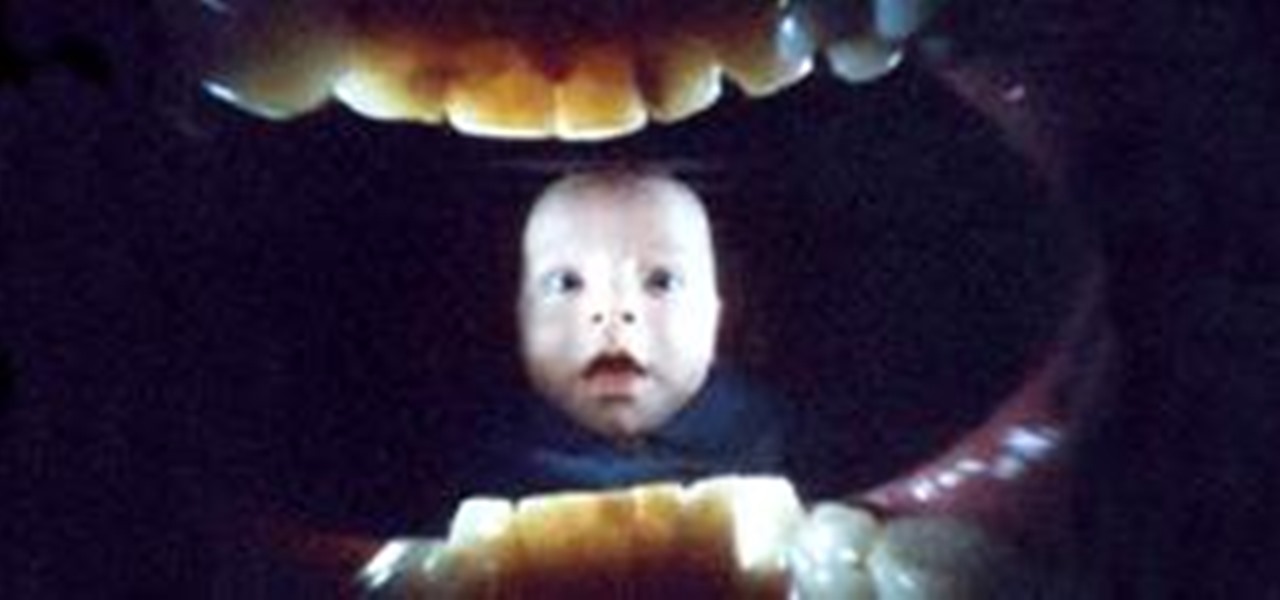
News: Take Pictures With Your Mouth-Camera
Justin Quinnell has created a series of pinhole photographs taken from the perspective of an open mouth. Pinholes can be disposable, flexible and pretty simple to make. Play around and see what kind of interesting perspectives you can come up with...
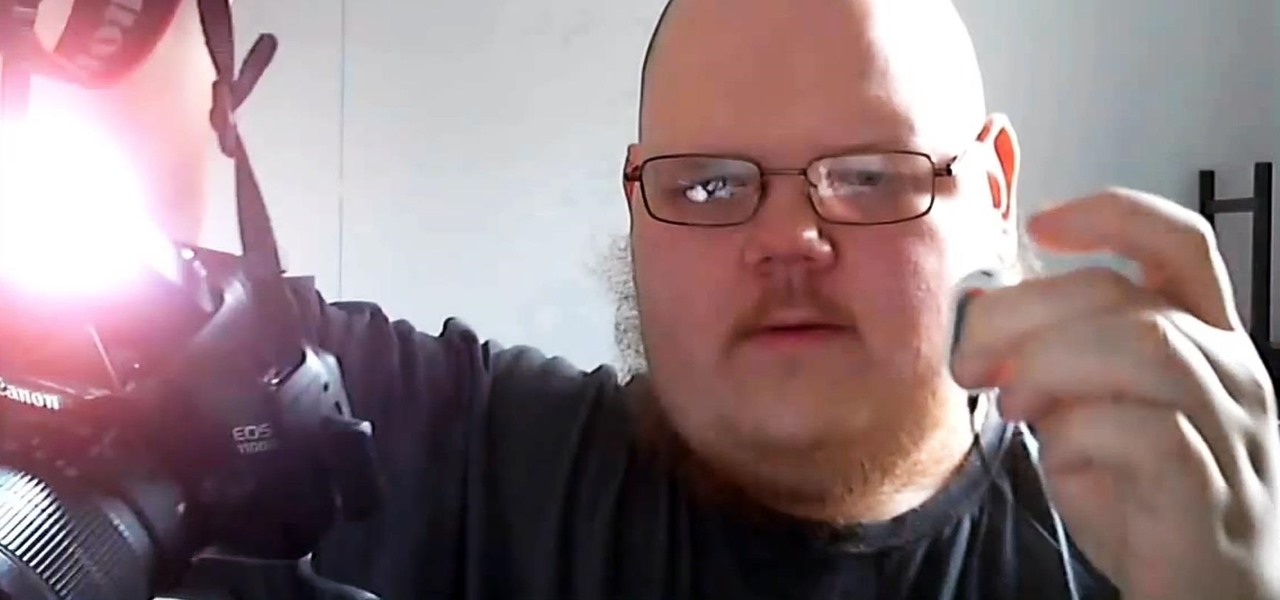
Quick Tip: Use a Wired Headset as a Shutter Release Trigger for Your DSLR Camera
Whether you're trying to get an unconventional angle or just want to include yourself in the picture, there are plenty of times when a remote trigger can come in really handy. Of course, if you want to buy one, you have tons of options. But if you already have an Xbox 360 headset, all you have to do is plug it in. YouTube user Gurnarok accidentally found that by plugging his Xbox headset into his camera's remote port, the on/off toggle triggered the shutter release and flash.

How To: Use a Video Projector for Long-Exposure Light Painting in the Snow
There's no shortage of techniques when it comes to light painting—you can use LEDs, flashlights, or even make your own light painting nunchuks. If you want to do something a little different, though, why not use a projector like photographer Brian Maffit did to capture these gorgeous long-exposure shots of a recent snow storm? Maffitt used a projector to play the movie The Lorax onto a tree in his backyard, providing the backdrop for these photos. The long exposure shots were taken using an o...

How To: Use the Harris Shutter Effect to Get Crazy, Colorful Action Photos
Want to take vibrant photographs like this one? You won't find this filter in Instagram, and that's because it's a little more difficult than just slapping a digital filter on a solo photo. The extra RGB colors are created using a special strip device called the Harris shutter, invented by Robert Harris of Kodak.
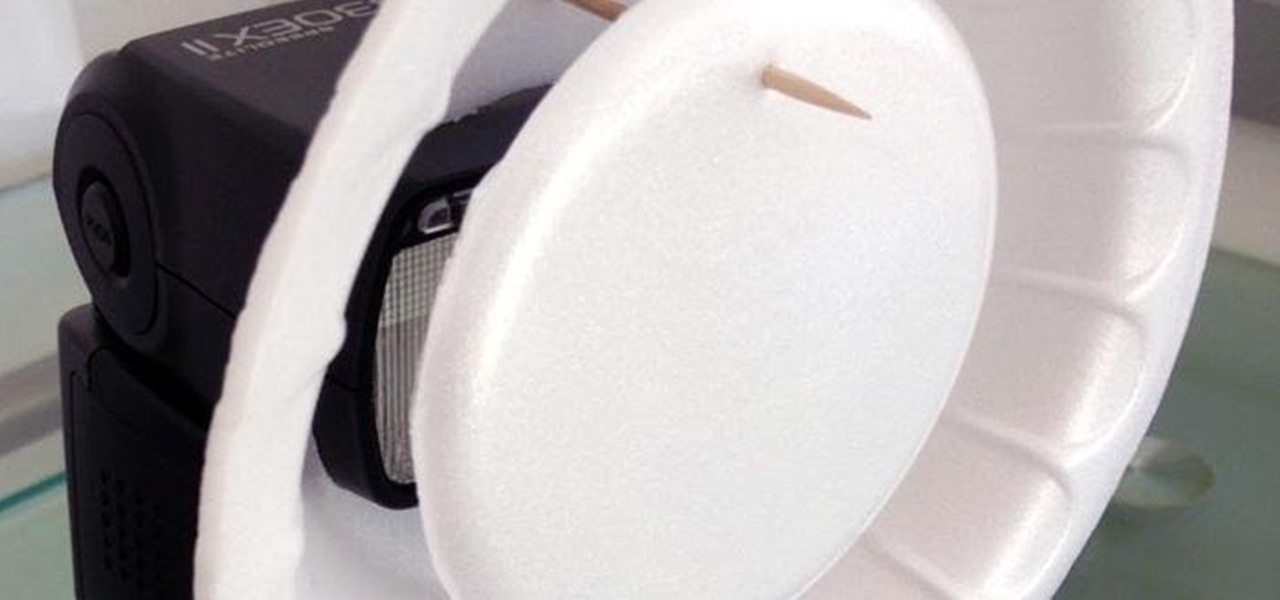
How To: Turn a Styrofoam Bowl into a DIY Beauty Dish for Your Camera's Flash
A beauty dish is a device that redistributes the flash on your camera to make the lighting more flattering in portraits. It's called a "beauty dish" because it's used most commonly in fashion and beauty photography.
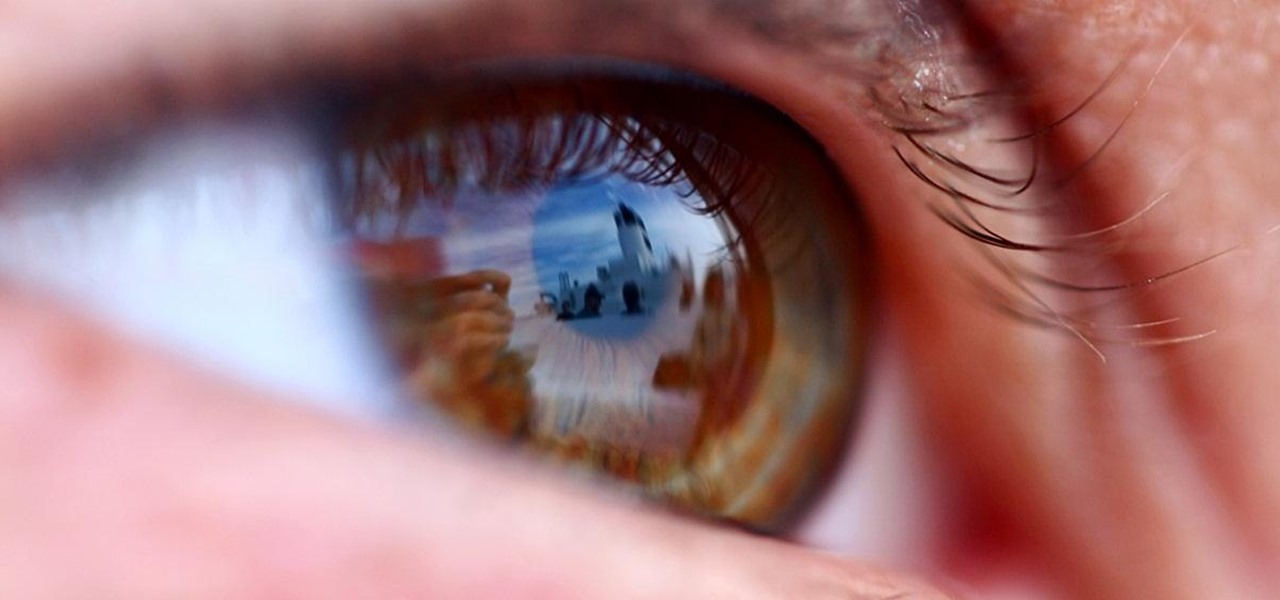
News: Corneal Imaging Photo Process Reveals the Hidden, Reflected 'World in an Eye'
You can take some absolutely gorgeous photos using the natural reflection that appears in people's and animals' eyes. With the right angle and lighting, you can even see a detailed picture of what the subject was looking at when the photo was taken. Photo by Martin Cathrae
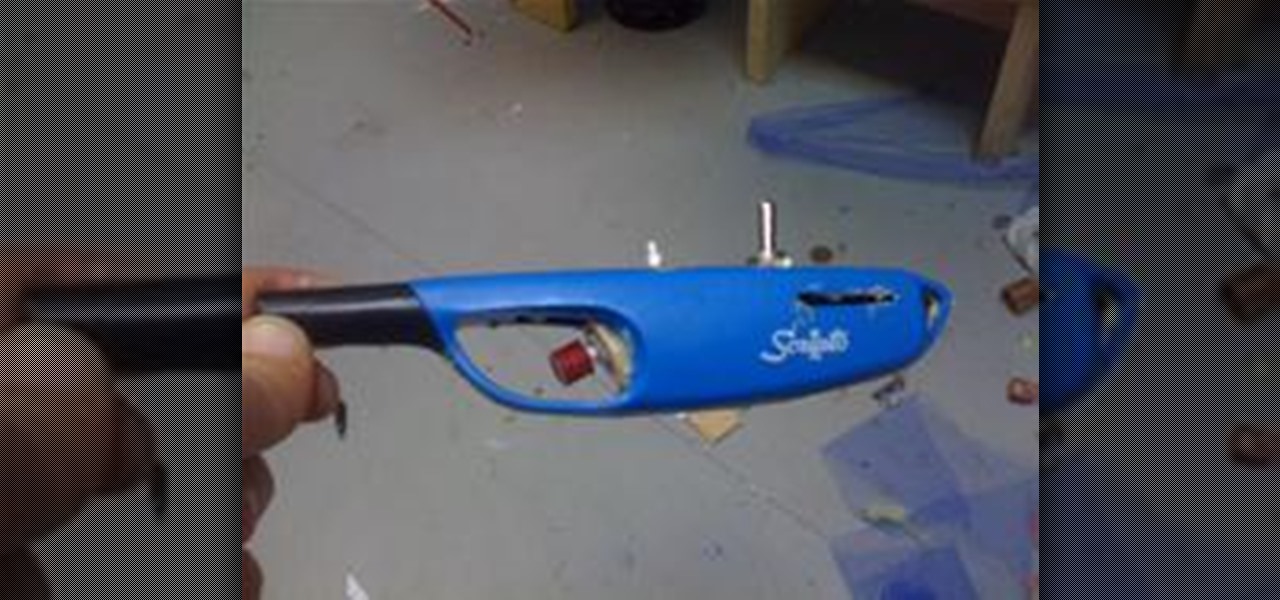
How To: Make a Canon Shutter Release Cable
This article will show you how to make a shutter release cable for a Canon camera. It took me about half an hour once all of my materials were gathered. I came in at a total of about eight dollars. It has three switches and buttons. The black button on mine triggers the auto focus. The red button triggers the shutter. Finally, the switch triggers the bulb mode, or long exposure. This can be used to take astronomical photos that show the movement of the stars in the picture. The release cable ...

How To: Blur Fireworks with Your DSLR for Some Wicked July 4th Photos
Try "unfocusing" your photographs for some dreamy, evocative and somewhat abstract takes on life. Check out the two tutorials (here and here) from Michelle Geoga of Lights! Camera! Photoshop! for tips on unleashing the blur-power of your camera. You can see plenty of example images there to help you out.
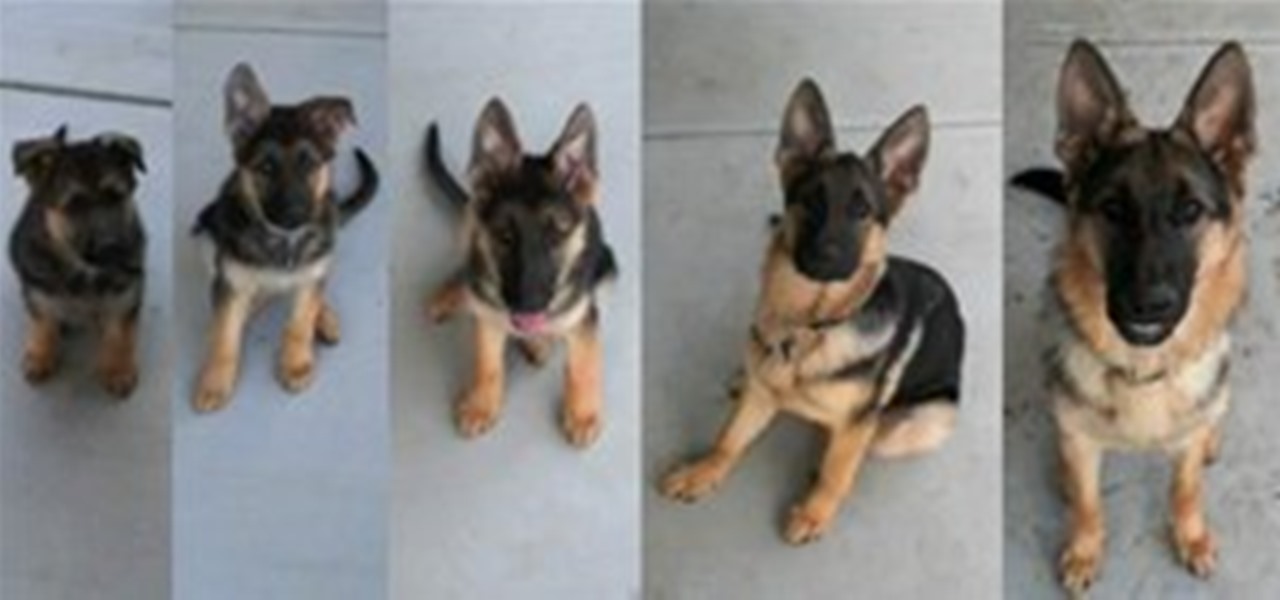
News: From Puppy to Adult in 40 Seconds (+ 3 Methods for Creating Time-Lapse)
What's cuter than a puppy? Not much, especially when you omit all the peeing, barking and furniture chewing, as Remedie Studio did with this sweet time-lapse homage to their beloved pup. Below, watch Dunder the German Shepherd grow from 8 weeks old to 1 year in 40 seconds. Inspired? Make your own time-lapse video and post it to the WonderHowTo company blog. We'll show off the best ones. Here are three different methods to get you started:
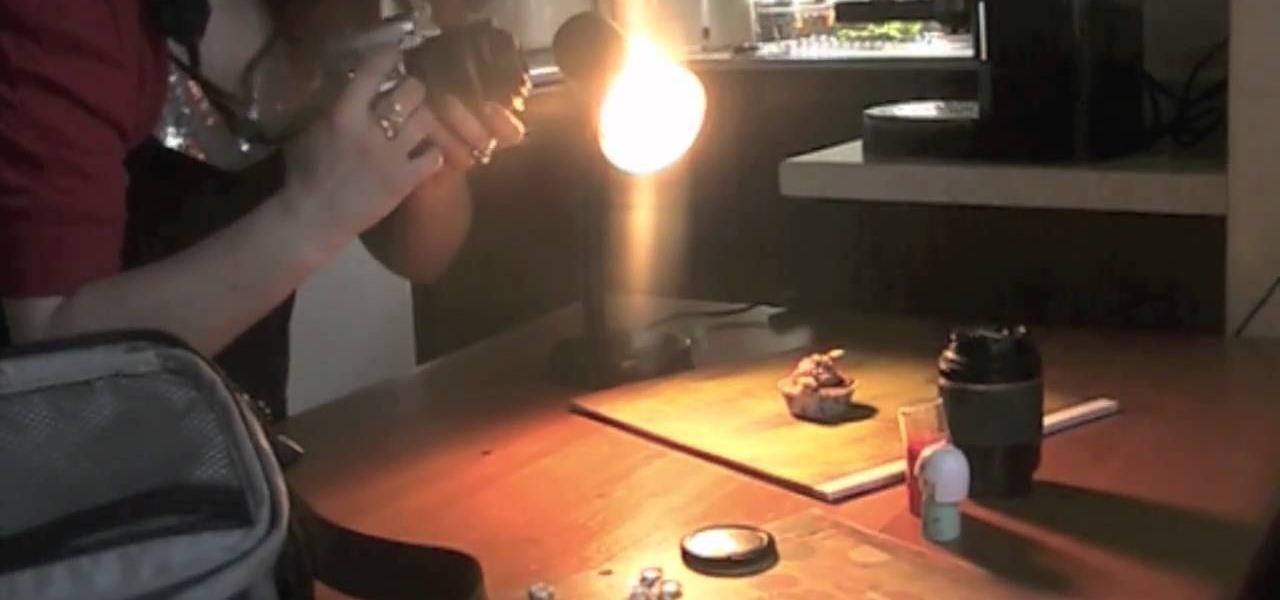
How To: Take macro photographs with the reverse lens technique
If you want to take beautiful macro photos, without having to pay for an expensive macro lens, try the reverse lens technique and use the lens you already have. This is a creative way to get great photos without spending all of your money on equipment.
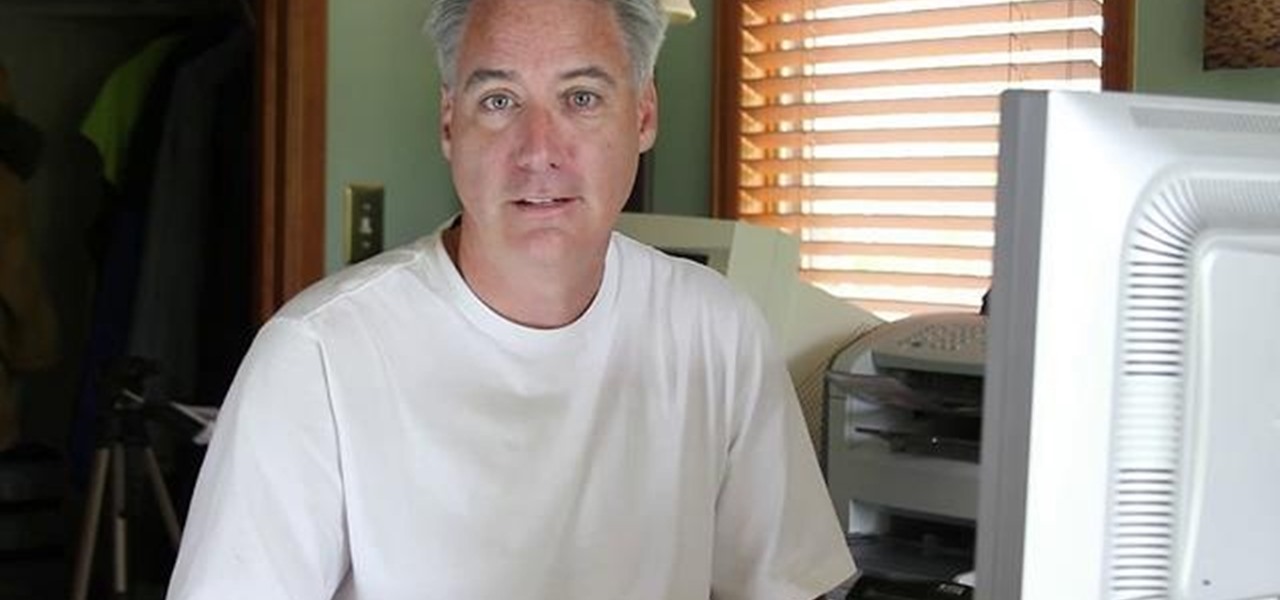
How To: Use the .thm files when filming movies with a Canon camera
What's this mysterious .thm file? Why are they cluttering up your SD card? Can they be safely deleted? This video has the answers! A .thm file is created specifically by Canon cameras when you're filming a movie, and this video shows you how to use your .thm files.

How To: Use R1C1 speedlight when shooting photos
In this tutorial, we learn how to use R1C1 speedlight when shooting photos. First you will want to place the attachment ring and adapter ring to the camera. After this, grab the remote flashes and the built-in flash panel. After you have installed all of these things on your camera, you will be ready to start taking pictures. Find the object you want to take pictures of, then start to use the wireless flash system to take quick picture that look great. As you click the remote, the flash will ...

How To: Create a crazy, cross-eyed person effect in Photoshop
When we think about Photoshop, we think about the desire to look beautiful and "perfect." Celebrities get airbrushed and Photoshoped all the time when they appear in magazines in order to make their faces appear slimmer, their thighs smaller, their lips more voluminous, etc. Photoshop is usually a tool that enhances beauty.

How To: Use picture control settings on your Nikon digital SLR
Recently purchased a brand new digital SLR? Learn how to use your camera's functions properly by watching this tutorial on how to use your picture control settings on your Nikon digital SLR.
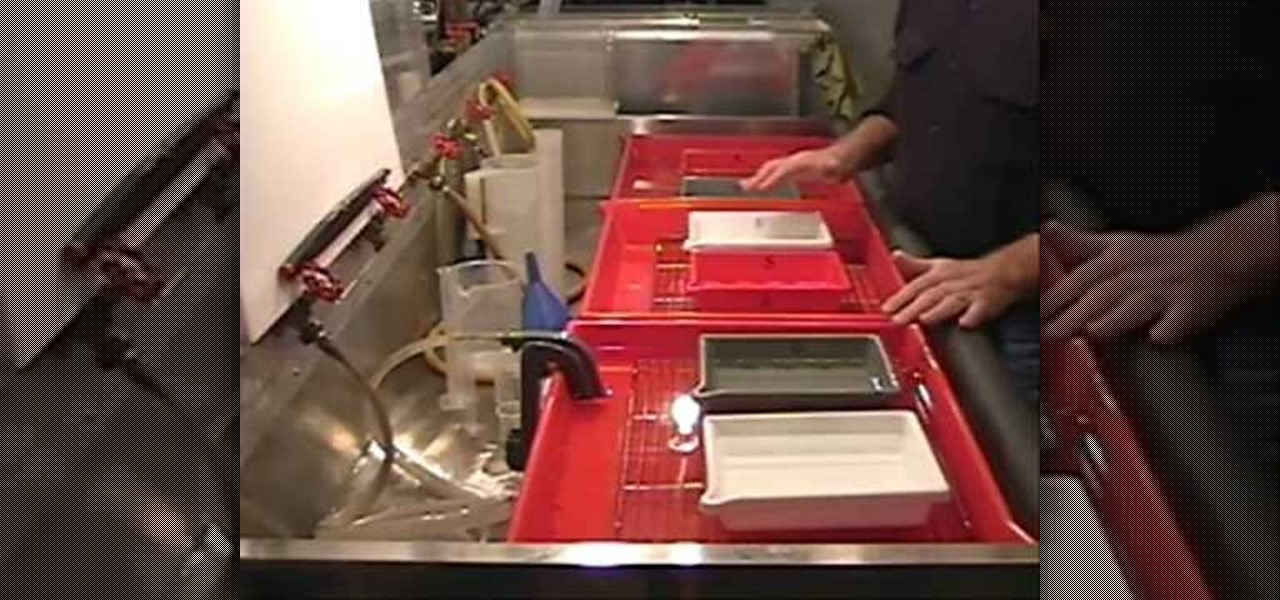
How To: Process large-format sheet film in trays
In the digital age, old fashioned film processing and developing may seem outmoded and obsolete. However, for professional and aspiring professional photographer who want o make classic-looking prints, this is far from the case. This three-part video describes how to do tray processing yourself for large-format sheets. It breaks down the equipment you will need, the advantages and disadvantages, and of course how to go about processing you own film sheets. The dark room is back!
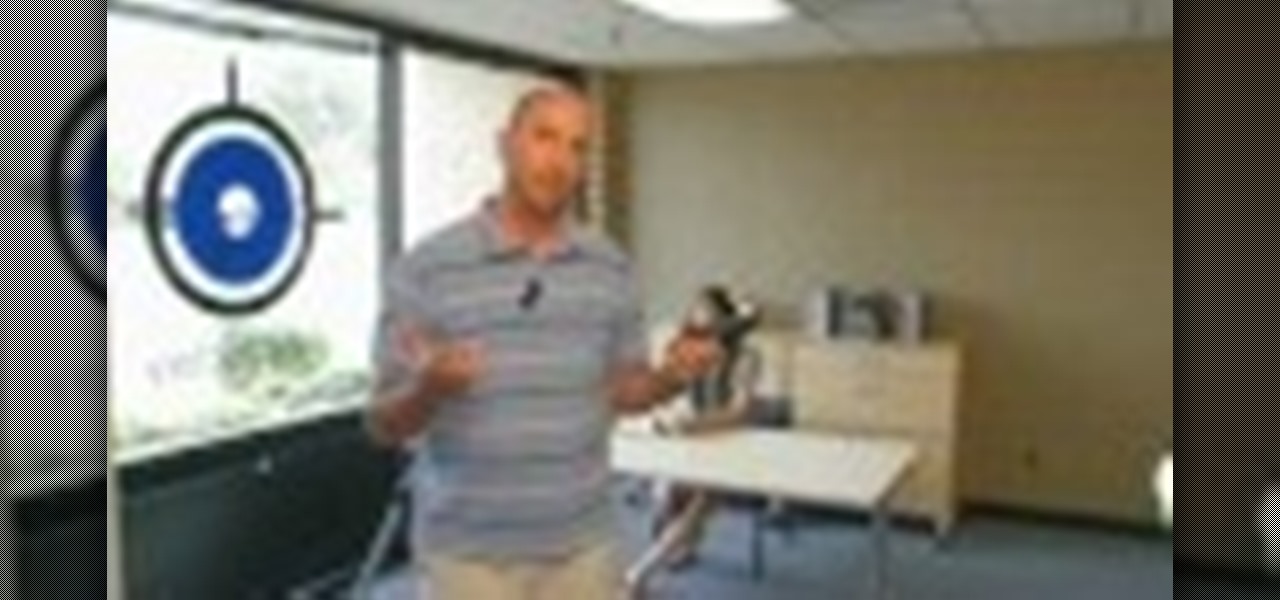
How To: Use Sekonic light meters to balance flash and ambience
In this episode of Digital Photography 1-on-1, host Mark Wallace goes in depth on the subject of light metering and flash balancing. Making use of a Sekonic light meter, Mark shows how to read the light levels in a room, and explains how to interpret those readings in order to adjust flash levels, ISO levels, and alternative light source manipulation. Mark also goes over the important roles that aperture settings and film speeds play when attempting to successfully balance flash and ambient l...

How To: Make an aerial photo rig with a disposable camera
Get creative with an old disposable camera by setting up an aerial photography rig using akite! Get a new perspective by taking pictures from a bird's eye view.

News: Scan Your Face
Using a scanner to "take photos" is like having great studio lighting, a top of the art photocopy machine, and a high quality camera all in one. The process results in a shallow depth of a field, amazing detail, and best of all a dreamy, magazine-like quality.

How To: Repair a Lomography Diana camera shutter
If your film camera shutter has stopped working, chances are that the shutter spring has become detached. This photography tutorial shows you how to disassemble the Lomography Diana Plus shutter assembly and re-attach the spring. You will need a small screwdriver to make this camera repair.
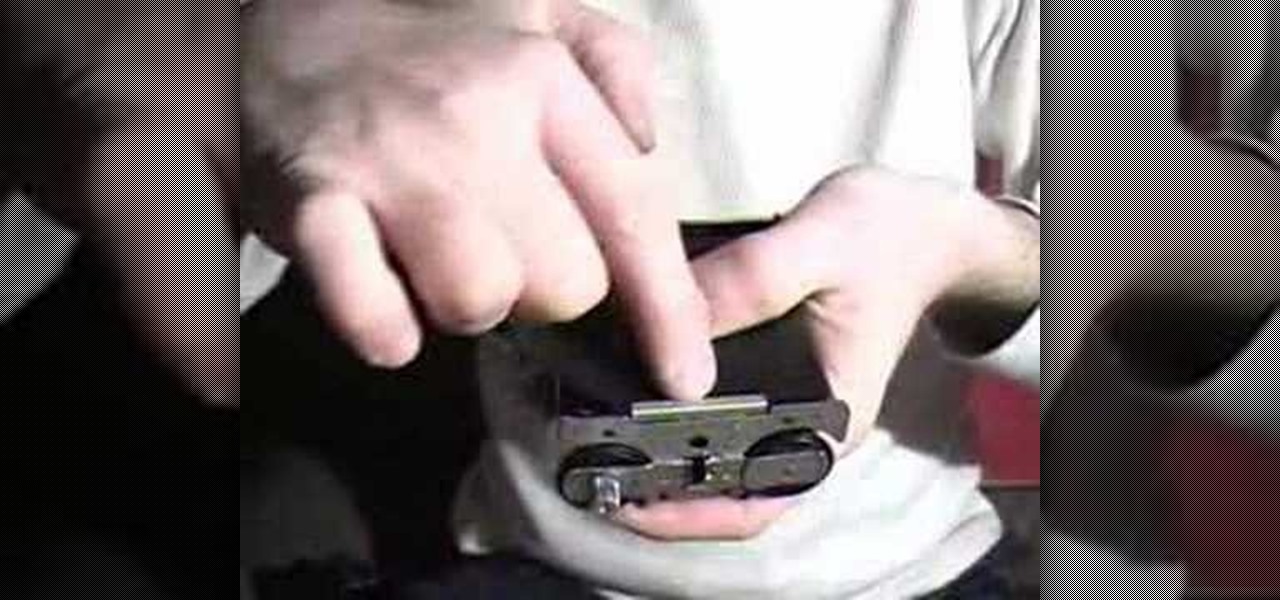
How To: Load film into a Hasselblad back
This is a how-to video featuring the A12 film back for a Hasselblad 500 series camera. Watch this photography tutorial to begin using your antique Hasselblad camera and all of its confusing parts. Once you are aware of the unique film loading process for this camera, you can adopt this camera into your photography practice and begin shooting.
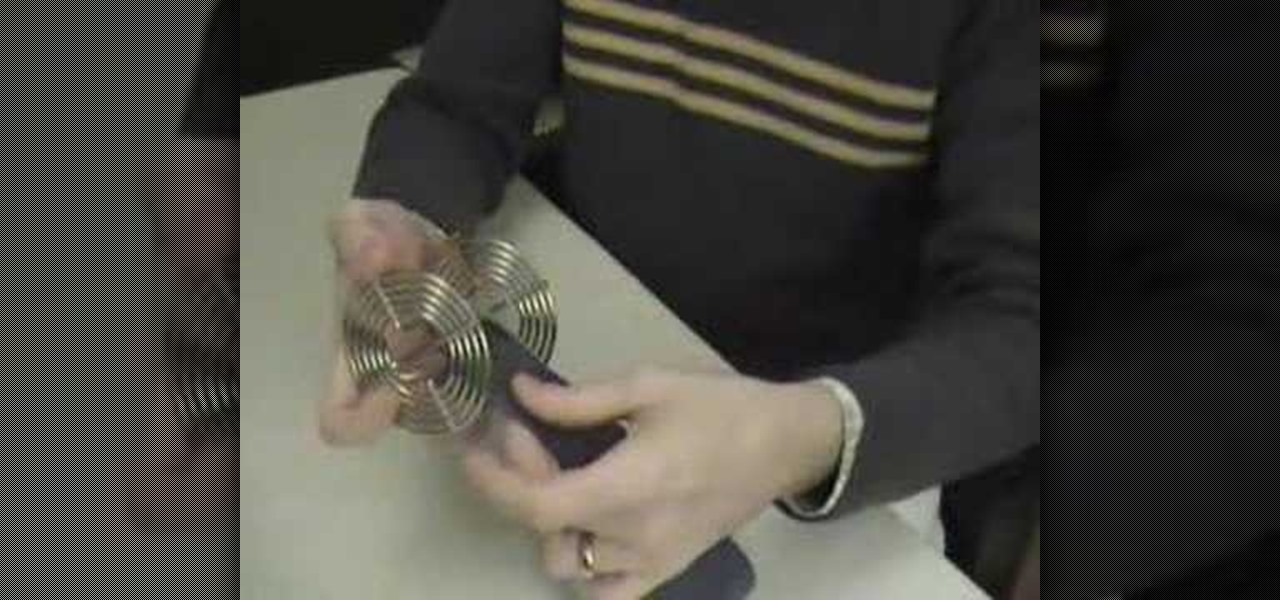
How To: Load 120 film onto stainless steel reels
Ever try to load a roll of film onto a reel and into a sealed developing tank in complete darkness? If you have, you know that anything unexpected can throw a kink into your personalized process of developing photographs. This video demonstrates how to load film onto stainless steel reels. If you are interested in developing film by hand, it is a good idea to be aware of all types of winding reels and developing tanks so you don't fumble in the darkroom.

How To: Make a glass positive/soft negative for Collodion
This shows the process of making a positive image on clear glass; traditionally, this would be called an Ambrotype. Here, it is a little bit overexposed to get a "soft negative" or a negative that can be used with modern silver paper (printing). Learn how to make a glass positive or soft negative picture with the Collodion printing technique by watching this video photography tutorial.
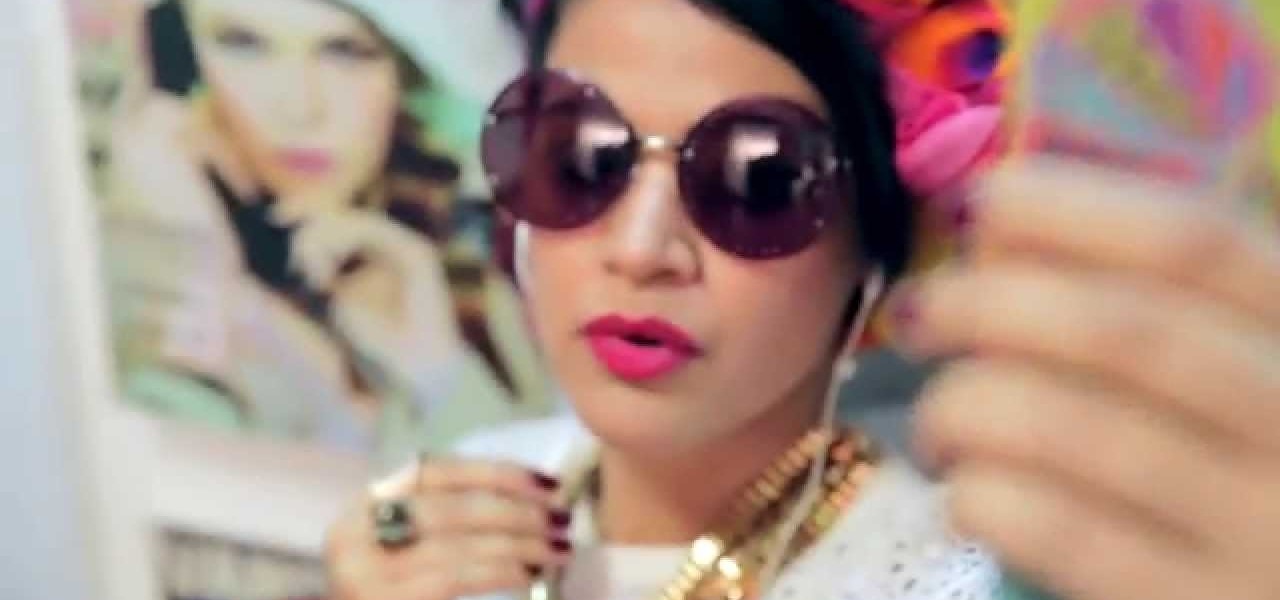
How To: Take Perfect Selfies
The selfie craze has caught up and how! But sadly enough, not all of us know the tips and tricks to get it right. Watch this video if you're yet to master the art of clicking the perfect selfie.
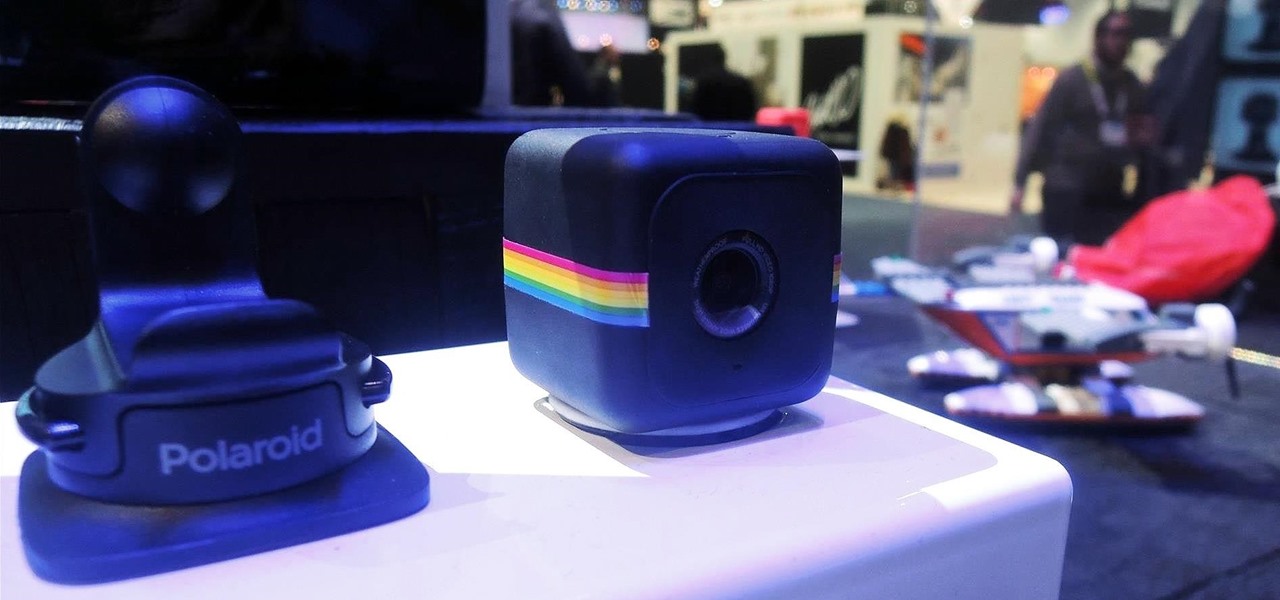
CES 2015: The CUBE Action Camera, Polaroid's Answer to the GoPro
Polaroid's answer to the masculine-fueled GoPro comes in the form of a tiny family-friendly square, fittingly named the Polaroid CUBE. Starting at a very modest $99.99 , the water-resistant action camera comes in all different colors, shoots HD video at 1080p, allows users to take 6MP pictures, and supports a microSD card of up to 32GB. Attached to the bottom of the cube is a magnet that allows you to stick the camera in many places, including the side of a car (though the Polaroid representa...
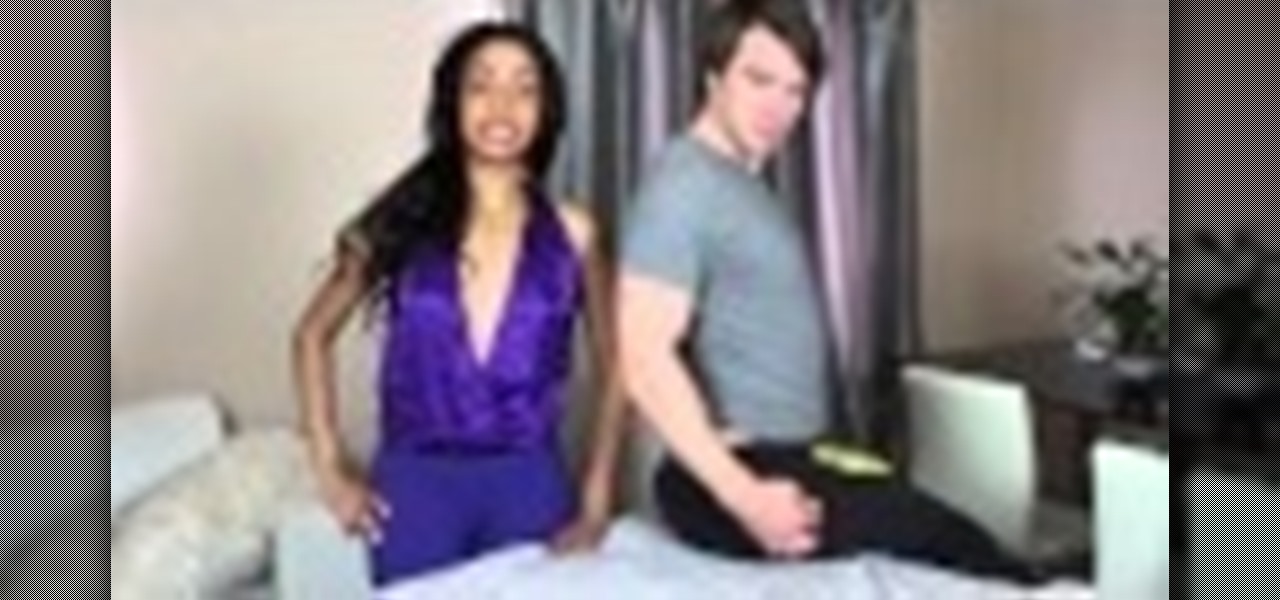
How To: Take the Perfect Booty Selfie
Today you can be just like Kim Kardashian and take an awesome booty selfie. Taking a booty selfie is So Easy a Guy Can Do It!
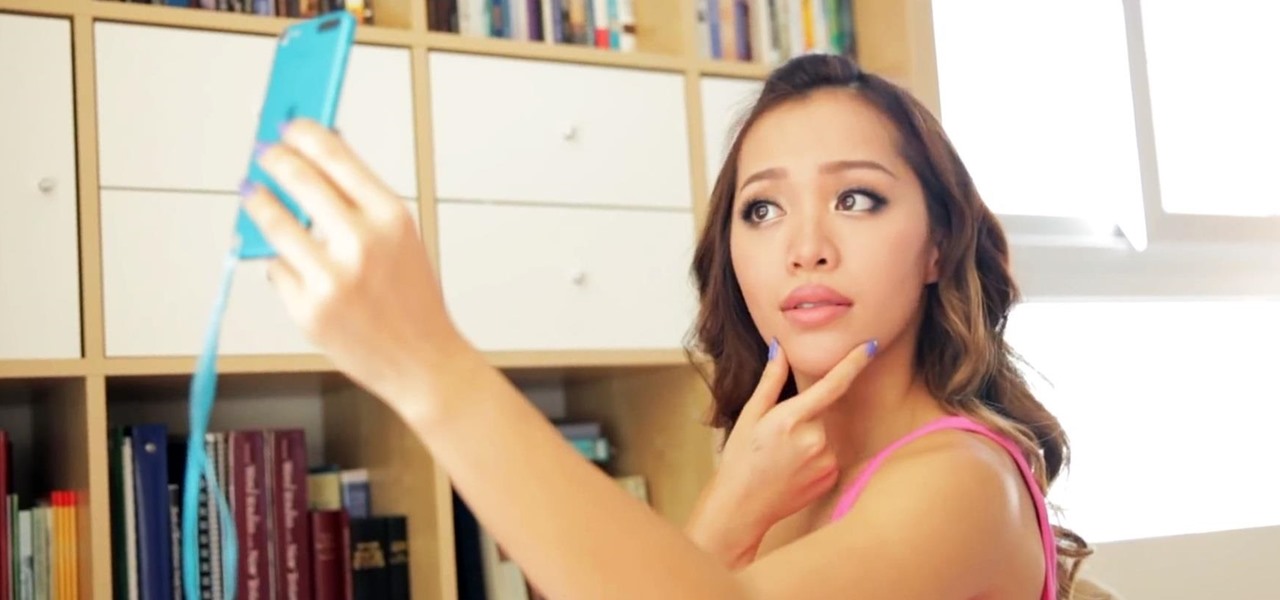
How To: Take the Perfect Selfie, Oxford Dictionary's Word of the Year
Ladies and gentleman, it's official—"Selfie" has been named Word of the Year by Oxford Dictionaries.
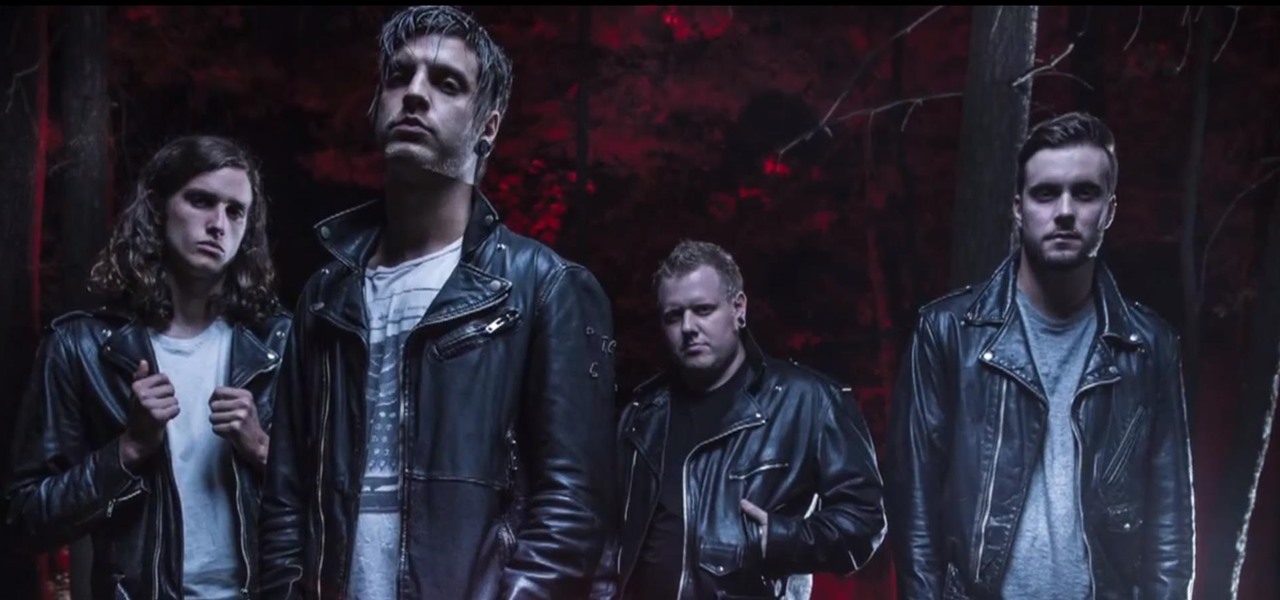
How To: Do a Nighttime Halloween Photoshoot
Eric Levin is back! Check out his latest photography how-to video. It's basically a cool nighttime photoshoot session in the middle on New England forest, obviously featuring... Ice Nine Kills!
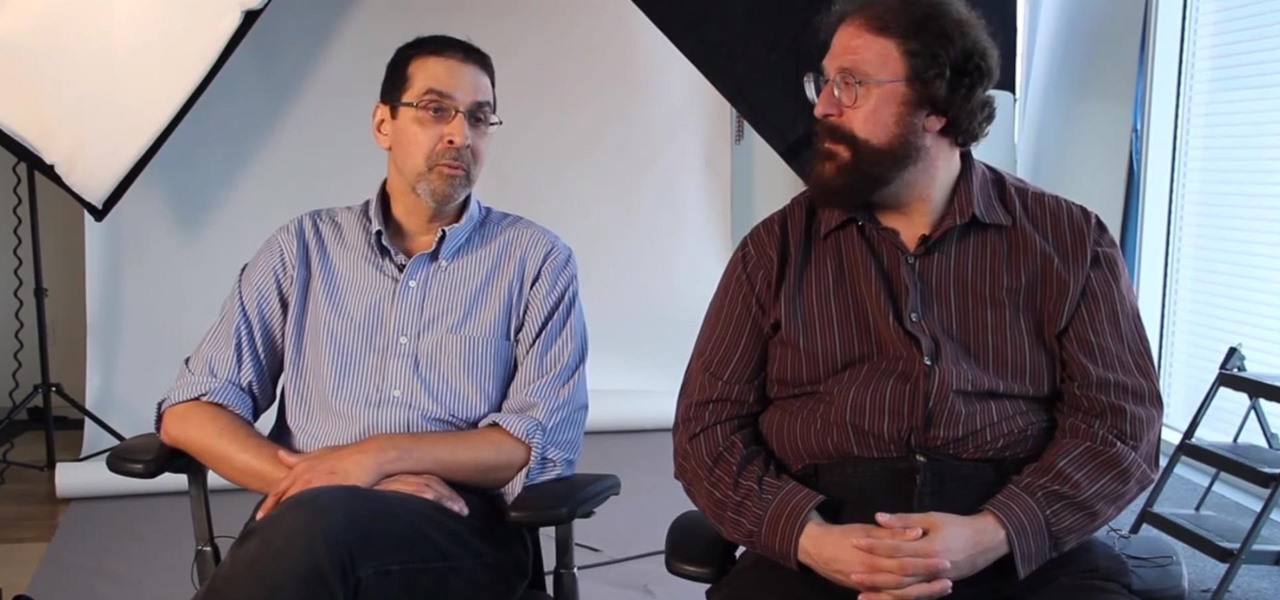
News: New York Times Photojournalism
Very interesting interview with the editors of the New York Times Lens Blog, a website which is totally dedicated to photojournalism and videojournalism.



